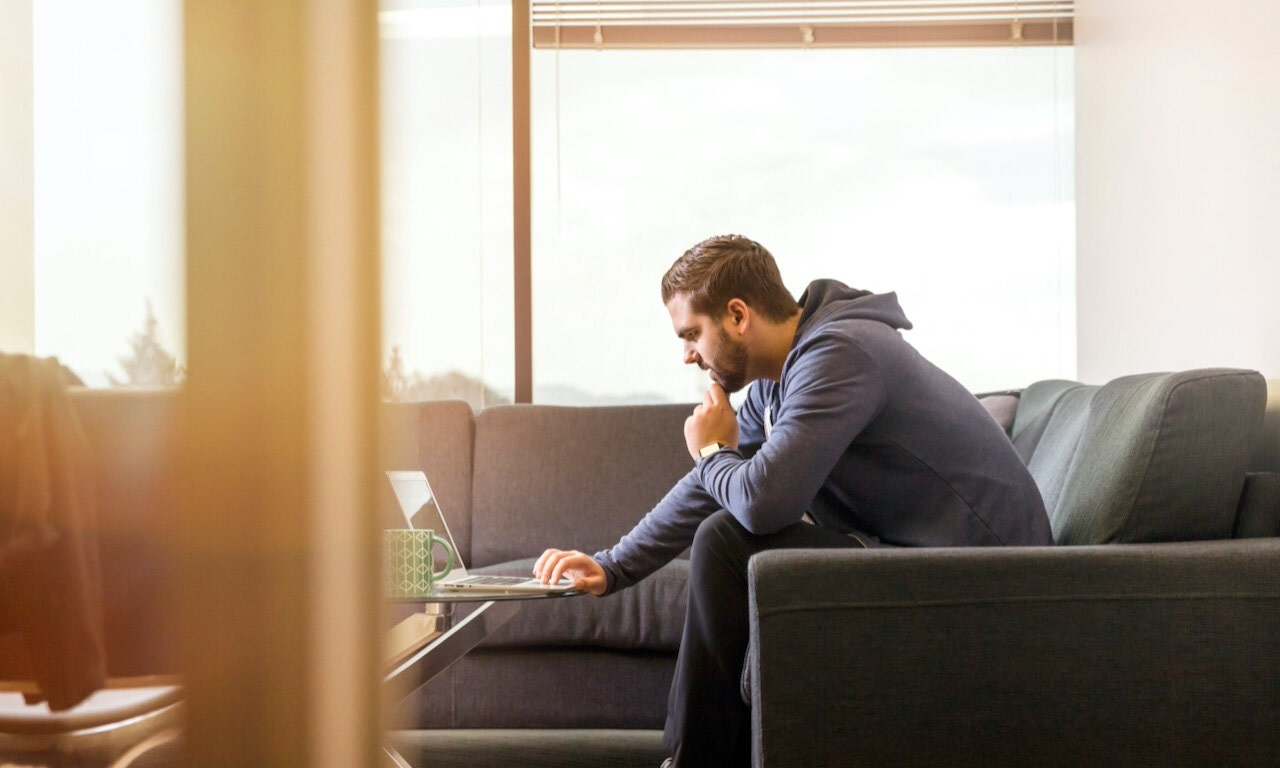3 Tips for Better Media Interviews Over Video
We've had two months of television networks interviewing people in their homes for evening newscasts and news,financial and sports analysts commenting on developments from their homes and offices. Some of the interviews over video have been good, but most haven't.
For the first time, the people being interviewed control much of the success of the interview. That's determined by where they're positioned and the quality of their video and audio. Very few use professional equipment and it shows. They also don't have training on how to do it better.
Here are three things anyone can do to produce better media interviews over video.
#1. Raise Your Level
For the last two months, the majority of interviews I’ve seen on television featured people looking down into the camera at the top of their laptop or tablet. Some of the angles are so steep, you see more of the person’s ceiling than anything else.
Take a moment to think back to before the pandemic, when most media interviews were done in person. Consider this scenario. The reporter and camera operator show up and after a short chat, the interview starts and the reporter asks the first question. As you get ready to respond, you realize the camera operator has his camera only two feet away from you, he's on one knee and shooting up at your face from below.
That’s what you’re doing when you look down into your laptop or tablet.
My first tip is, raise the level of your laptop or tablet by putting them on a stack of books, or a box. Make sure when you look into the camera at the top of your laptop, there’s a level horizontal line from your eyes to the lens of the camera. A camera angle that focuses under a person's chin isn't good.
Once you do that, you need to remember you need to keep looking into the camera, especially as you’re answering the reporter’s question. Too often I see people looking somewhere else, likely at their computer’s monitor to see themselves as they respond. Before the interview starts you should check to make sure you’re framing yourself properly and then keep your attention on the lens in your camera during the interview.
#2. See What the Audience Sees
My God, aren’t there are a lot of people with bookshelves in their homes? I never knew so many existed until the pandemic started and people began doing media interviews from home. Every reporter or TV analyst working from home seems to have an attractive bookcase too.
I’m not suggesting you shouldn’t be interviewed in front of a bookcase. It just seems like it’s been done far too much already.
One of the biggest mistakes people make is setting themselves up in front of a window with beautiful sunlight coming in. That may look great to the human eye, but it does a number on any camera lens. Try to avoid windows, especially if a lot of light is coming through them.
I also like to avoid backgrounds that include doorways. Pictures look nice, but the glass can catch a lot of glare from lights.
Generally speaking, the best backgrounds are ones that are fairly plain, but try to avoid white walls because they wash out too much. Softer lights in the background look great, as do plants and small artwork on the walls.
#3. Get New Equipment
Now that you have your laptop’s camera to your eye level and you’ve found a nice background, what about the equipment you’re using for that interview?
Far too often, people just use the camera that comes with their computer and the built-in microphone. Neither is generally a good option.
I recently did a virtual media training session where one of the participants was using the camera in her Microsoft Surface tablet and she had really good quality. You’ll generally find tablets give better video quality than laptops and desktops.
Consider an external camera, or webcam as they’re also called. The Logitech C920 is a real workhorse and provides excellent video for interviews and video meetings. The Logitech Brio is even better. Both are reasonably priced, if you can find them, There’s been a run on video equipment online since the pandemic started because of the number of video meetings and chats and supply is short. As a result, prices have been forced up, so shop around.
Believe it or not, a bigger problem is usually the quality of the audio during media interviews. People using microphones built into the computer or webcam, or earbud-style headphones rarely produce great audio quality.
I suggest getting a microphone that uses a USB connection to your computer. Whether it’s a lav microphone that you can clip on to your shirt, or a microphone that stands up on the desk in front of you, they almost always provide better audio quality than the computer’s mic does.
The key point to remember is, the closer you are to the microphone, within reason, the better you’ll sound. If you can't see the microphone, in most cases, you won't have great audio, because you're too far away from it.
You want to make sure the mic is compatible with your computer or tablet. As an example, tablets don’t have USB connections, so any mic with that kind of a connection will be off your list.
If you want to get contacted for more media interviews, the quality of the interview you deliver, including the technical aspect of the interview, does make a difference. Reporters remember who gives a good interview and these days, they also remember who has a setup that works well too.
Get Virtual Media Training
Learn tricks like this and much more in my virtual media training workshops. I offer training for groups like Boards of Directors and management teams, and also one-on-one media coaching.
Good suggestions
Excellent tips!


Commentary